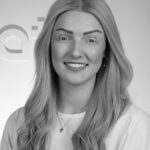To study the effects of dairy production system on milk macromineral and trace element concentrations, milk samples were collected monthly in 2019 from 43 conventional and 27 organic farms. Organic milk contained more Ca (1049.5 vs. 995.8 mg / kg), K (1383.6 vs. 1362.4 mg / kg), P (806.5 vs. 792.5 mg / kg) and Mo (73.3 vs. 60.6 μg / kg) but less Cu (52.4 vs. 60.6 μg / kg), Fe (0.66 vs. 2.03 mg / kg), Mn (28.8 vs. 45.0 μg / kg), Zn (4.51 vs. 5.00 mg / kg) and Al (0.32 vs. 1.14 μg / kg). kg) than conventional milk. Significant seasonal variation was observed in all determined minerals' concentrations. Milk I concentration was not consistently affected by production system, whereas organic milk contained less I in June and July than conventional milk. Dietary factors contributing to different milk mineral concentrations between production systems included intakes of maize silage, dry-straights and oils (higher in conventional diets), and pasture, clover and wholecrop (higher in organic diets).
Author: admin

Matís' annual meeting will take place on Thursday 6 May at 9-10: 30 in stream here on Matís website and through Matís Facebook page.
Agenda of the meeting:
speech
- Kristján Þór Júlíusson, Minister of Fisheries and Agriculture, opens the meeting
Errand
- Matís staff discusses the company's priorities and benefits for the Icelandic economy
- Partners tell about their experience of the collaboration
Discussion: the future of research and innovation in Icelandic food production
- Oddur Már Gunnarsson, CEO of Matís
- Gunnar Þorgeirsson, chairman of the Icelandic Farmers' Association
- Heiðrún Lind Marteinsdóttir, CEO of the Association of Companies in the Fisheries Sector
- Þór Sigfússon, founder and chairman of Sjávarklasan
Board of Directors
Brynja Þorgeirsdóttir
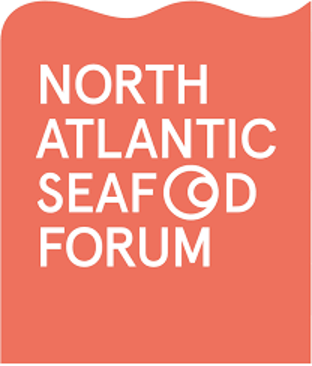
The program of the North Atlantic Seafood Forum has now been published and it is clear that the conference will be one of the most remarkable online events in the fisheries and aquaculture of 2021. A total of 160 lectures will be given in 18 seminars, and over 2500 participants are expected from around the world. links in the value chain of marine products. Do not miss this event!
In March every year for the past 15 years, fisheries and aquaculture executives and stakeholders have flocked to Bergen to attend the North Atlantic Seafood Forum (NASF) conference. The target group of this three-day conference has traditionally been managers in the fisheries, aquaculture and related industries, ie. equipment manufacturers, marketing companies, banks, insurance companies, consulting companies, etc. Although the cost of participation has been significant, between 800 and 1,000 people have attended the event each year, which shows how important this conference is for the target group. Due to COVID, it has now been decided that NASF21 will be an online event, which provides an opportunity to increase the number of participants and reduce the conference fee significantly.
The conference will take place on June 8-10 and is expected to have at least 2,500 participants. The agenda of the conference has now been published and it is particularly exciting this time, but the agenda can be seen at https://nor-seafood.com/program/.
If there is a big link to the program, the following seminars attract special attention:
- Effects of salmon lice on aquaculture
- Aquaculture feed and its development
- Supply and demand in aquaculture
- New production methods in aquaculture
- Supply and markets for whitefish
- Women in the fishing industry
- Supply and demand for shrimp
- Investments in the fisheries sector
- Supply and markets of pelagic species
- Discussion of a key market for seafood under the auspices of the Norwegian Seafood Council
- Sustainability and marine products
Icelandic companies and individuals play a fairly large place in the program. The first to be mentioned is that Valka and Marel are among the main sponsors of the conference. The following Icelanders or parties connected to Iceland will be included in the list of speakers:
- Jón Birgir Gunnarson at Valka will discuss filleting before death
- Guðbjörg Heiða Guðmundsdóttir at Marel will discuss the digital revolution in the value chain of aquaculture
- Bjorn Hembre from Arnarlax will talk about salmon farming in Iceland
- Sturlaugur Haraldsson at Norebo will discuss the supply of white fish from Russia
- Þór Sigfússon at Sjávarklasan will discuss the utilization of additional raw materials and consider the question of whether 100% utilization is possible
- Guðmundur Gíslason will represent Fiskeldi Austfjarðar (Ice Fish Farm), Bjorn Hamre on behalf of Arnarlax (Icelandic Salmon) and Stein Ove Tveiten on behalf of Arctic Fish in an investor seminar.
- Jóhannes Pálsson will discuss the impact of Brexit on the pelagic sector
- Ólafur Ragnar Grímsson or Guðlaugur Þór Þórðarson will discuss sustainability in the fisheries sector
Participation in NASF in recent years has not been widespread, as the registration fee alone has been close to 200,000. kr. in addition, travel and accommodation in Bergen costs money. Nevertheless, over 800 people have seen reason to attend the conference in recent years. As this will be an online event, it is possible to experience NASF for a significantly lower cost. The conference fee is around 43,000 ISK (290 EUR) per participant, but then there is a volume discount available for companies that register more participants.
One of the most important part of participating in the NASF has always been the opportunity to gather the main influences in the fisheries sector in one place to establish and maintain partnerships. Good and secure business relationships are always based on personal communication, and NASF has played an important role in this. This time, efforts will be made to meet those needs by offering to connect parties in micro-meetings. Different "packages" are available when it comes to such connections, but the "package" that most people are most likely to choose who is interested in taking advantage of this opportunity costs 500 EUR. For that "package", the company gets its name and presentation on the "wall" and then all general participants can book a meeting with that company.
Those who are interested in receiving more information about NASF21 are advised to contact Jónas R. Viðarsson at jonas@matis.is or by phone 4225107.
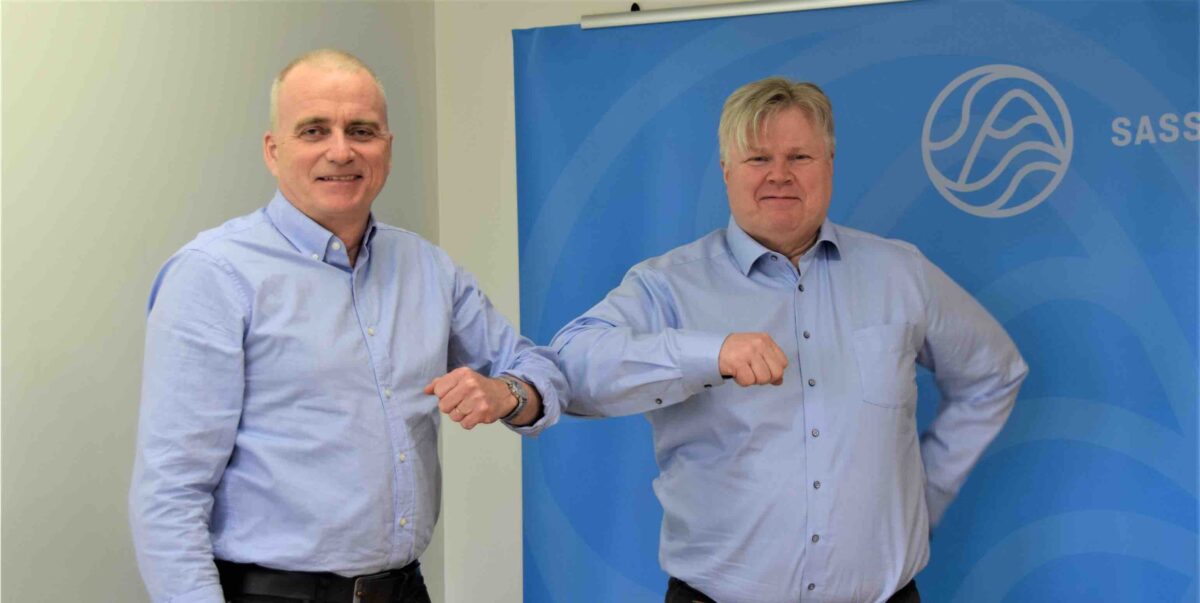
Orchids and Matís ohf. recently signed a co-operation agreement which aims to work together to increase value and innovation in the field of food and biotechnology in the South.
The co-operation is also intended to arouse the interest of southern stakeholders in connecting with value and innovation in the field and getting them to co-operate. To this end, Orkidea and Matís intend to look at joint projects and joint fundraising whenever possible. The co-operation does not involve joint financing except through projects funded by funds.
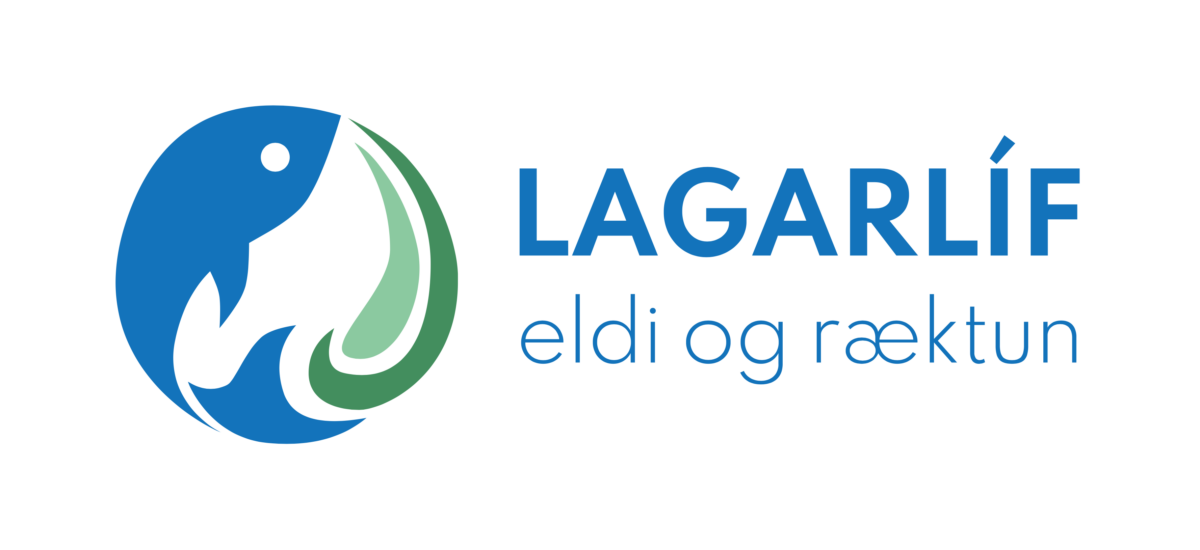
Icelandic aquaculture is booming and the export value of the sector last year was over ISK 30 billion, and about ISK 11.5 billion in the first quarter of this year, or about 9% of total Icelandic exports. It is clear that there is great growth in aquaculture, which has already become one of the mainstays of exports, and it can be expected within a few years that the sector will yield similar values as cod does today. But behind this success are many well-paid jobs and significant derivative value creation. Aquaculture is important for many service companies that are now flourishing like never before. In addition, it can be added that aquaculture has developed in places where there had been stagnation and decline for decades, and that rural development in the Westfjords and Eastfjords has been completely reversed. Uterine culture is considered as the future solution for the food economy of the world and a great opportunity for the continued development of the industry.
In such circumstances, it is exciting to run a conference of aquaculture and breeding "Beach equipment" which will hopefully flourish and prosper with the growing success of the industry. It is precisely in such circumstances that the conference has gone through a renewal of life, now five years old, and the owners and board have been in agreement in that development. A new name has been adopted for Strandbúnað, which is now called Legal life and at the same time change the brand and appearance of the promotional material. Lögur is an old and good Icelandic word and covers both fire and cultivation. The English name of the conference is Aqua-Ice, but aqua is exactly the English word for law. We have defined aquaculture where fish are fed but cultivation is where marine animals are fed with nutrients that are already present in the ocean. Lagarlíf is a beautiful Icelandic name and therefore describes well the activities that the industries behind the conference are responsible for. The English name of the conference is and has been Aqua-Ice.
The conference was canceled last year due to Covid 19 but was postponed 28 - 29 October this year. It was hoped that Icelanders would have mastered the crown virus in such a way that it would be possible to hold a large conference. Lagarlíf will be held at the Grand Hotel in Reykjavík.
Lagarlíf will offer lectures on farming and cultivation, telling about the latest that is happening as well as introducing the industry to the outside world. Such a conference is also important for employees and managers to meet, compare their books and acquire new knowledge. The conference is no less important for industries that serve farming and farming, promote their services, meet producers and form relationships. One of the goals of the conference is to get it on the calendars of manufacturers and service providers and thus be an opportunity to meet, exchange views and present needs and solutions to increase the growth of export industries.
In connection with Lagarlíf this autumn, producers will hold a workshop of Nordic experts in salmon farming on 27 October. Experts from Norway, Sweden, Denmark, Finland, the Faroe Islands and Iceland will give lectures on all the latest developments in these fields. Salmon lice are a big problem and the fire costs large sums every year, both as damage and as a preventive measure. One of the ideas for the future is to enlarge the juveniles before they are released into the sea dock, thus shortening the time the salmon is in the sea dock. Juvenile farming is a coastal fishery that calls for great challenges and costs, but offers great opportunities for further value creation in the future. The workshop is sponsored by AG Fisk.
Over 90% of the carbon footprint of salmon production comes from the feed, not because of its transport, but because of the crowding effect of soybean cultivation, which is the mainstay of feed production. Although aquaculture is the most environmentally friendly food production of our time, there is still room for improvement and many exciting opportunities lie ahead. Cultivation of shellfish and algae, on the other hand, works with the environment and has a positive environmental impact. Many people see such cultivation as a future solution for the environmentally friendly food production of the future for mankind.
Gunnar Þórðarson, Managing Director
Halldór Halldórsson, Chairman of the Board

What is Matís? Who does it work for? How can I use Matís' service?
In this introductory episode of Matvælin, Matís' broadcast on research and innovation in food production, Hákon Stefánsson, Chairman of the Board, answers these questions and more.
The host is Ísey Dísa Hávarsdóttir.
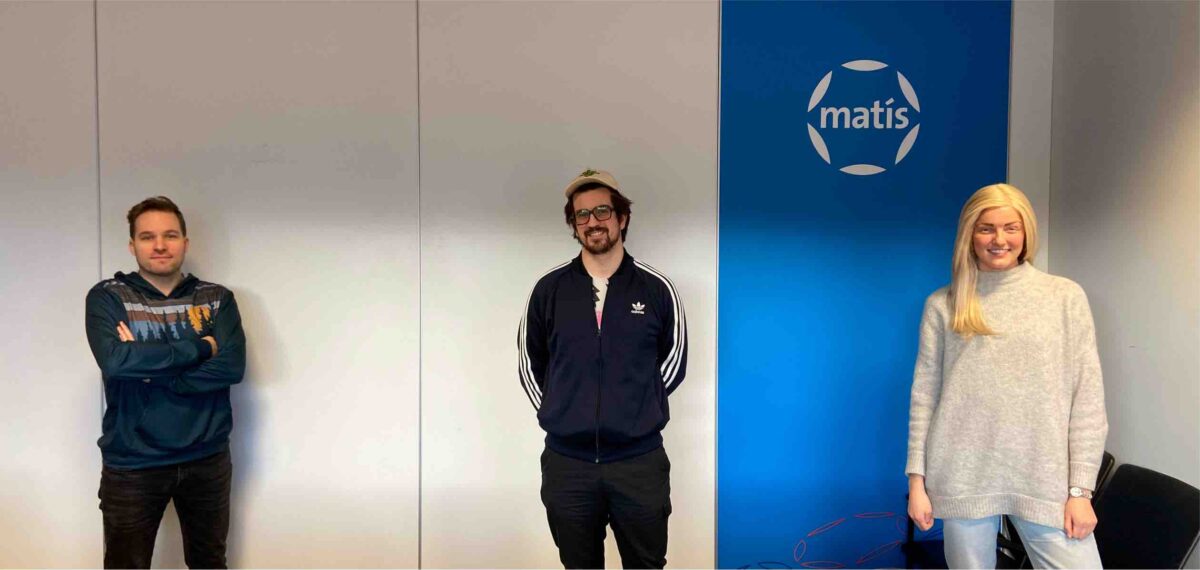
Will insects be the main source of protein of the future? Or algae? Or protein made from trees?
Birgir Örn Smárason and Búi Bjarmar Aðalsteinsson consider various issues related to the protein donations of the future and sustainable food production. Non-traditional protein donations are their profession and they tell experiences of the regulatory framework, research and production in this context.
The host is Ísey Dísa Hávarsdóttir.

Think big, think green, is the title of a webinar (online meeting) that Vapors stands for, together with Nýsköpun í Norðri, SSNE, SSNV and Hacking Hekla. The web office will be held next Thursday from 14:00 to 16:00. The meeting is open to everyone, and will be streamed on Eims Facebook pages and special page of the event.
The aim of the meeting is to encourage people to think about how we can use the resources of the North in a sustainable way for the future. The theme is energy-food-water, the holy trinity in sustainability. These resources are inextricably linked to each other and thus can be useful to think about together. These are resources that we are rich in, and resources that we are struggling with. How can we be sustainable and exemplary on a global scale? We certainly have the materials and the opportunity to do so.
We are proud of the program, which we consider glorious, where ministers, artists, scientists and people from the energy and innovation sectors come together and discuss their topics. It will be especially exciting to hear the results of a new report that was made on the feasibility of a major offensive in horticulture in Iceland!
Aurora Seafood and Matís have compiled a report on indirect fishing for crucian carp off Iceland, possible direct fishing and the possibility of value creation from products.
A number of captains engaged in plow fishing were interviewed, where they were asked for their opinion on the possibilities of using crucian carp and whether they considered direct fishing likely to be successful. The captain's views were very different and it is not possible to talk about the results of that survey.
During the measurements, it was disappointing how high the amount of cadmium was measured in crucian carp, both caught off the east coast of Iceland and the west coast. The permitted levels of cadmium for food products are only 0.5 mg in Art. but the measured quantity was 6.3 to the east and 2.5 to the west. Proximity to volcanic activity is known to cause cadmium pollution in slow-moving demersal fish, and conditions in Iceland are exactly that.
It was also disappointing how quickly the crucian carp decomposed and the samples became mashed due to enzyme activity in one to two days. The protein content of crucian carp is only about 12%, but the water content is about 67%. Based on these results, it is not considered likely that cruciferous fish can be used for human consumption. Aurora Seafood has exported frozen crucian carp to the United States, but it hardly returns the cost of packaging, freezing and transport, so there is no value creation in the production.
The project that included this preliminary study of fishing and processing of crucian carp off Iceland was supported by the Food Fund (AVS Fisheries Research Fund). It would have been impossible to carry out this project without support.
A final report on the preliminary study of fishing and processing of crucian carp can be found here.




